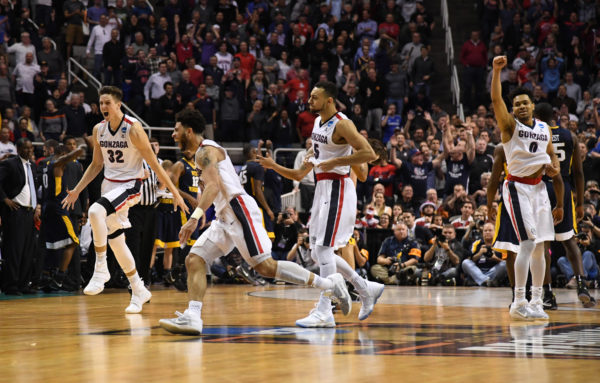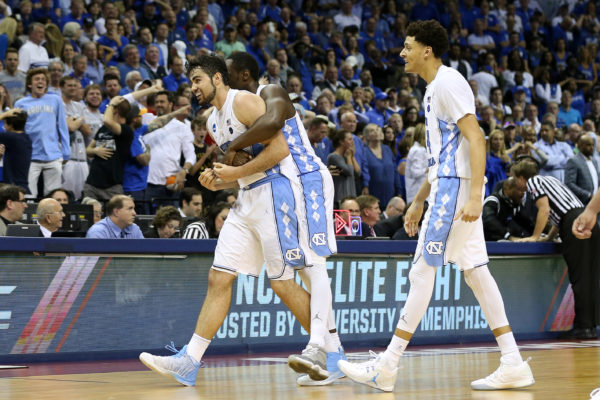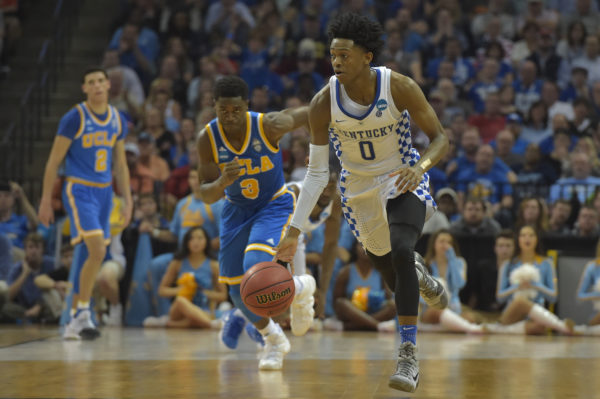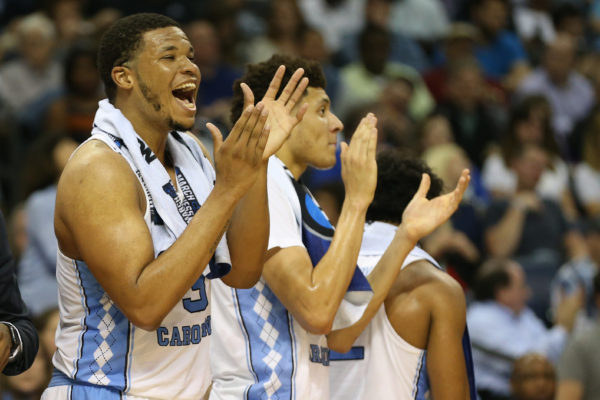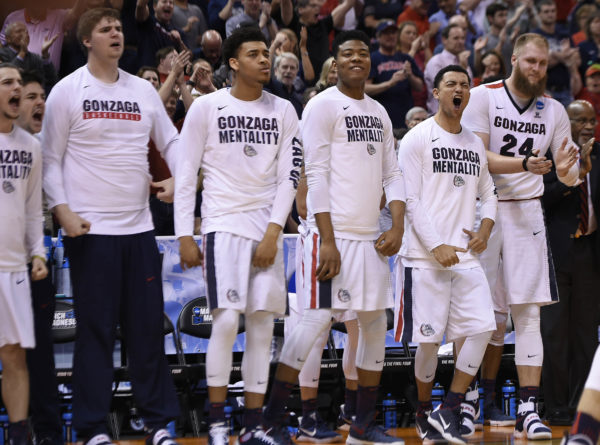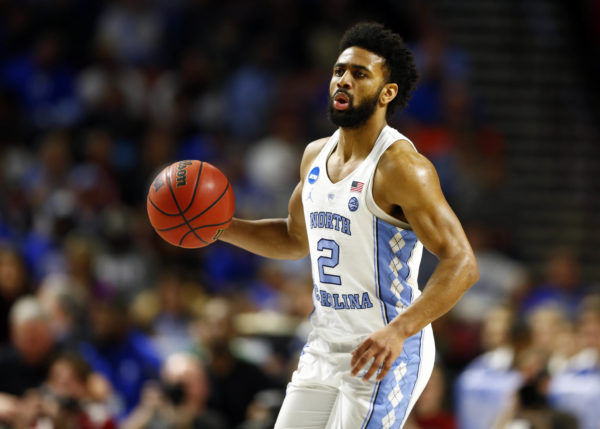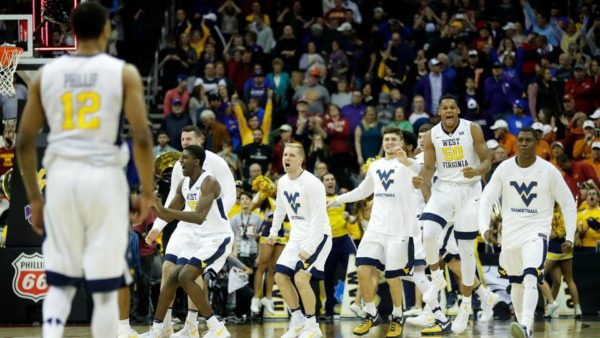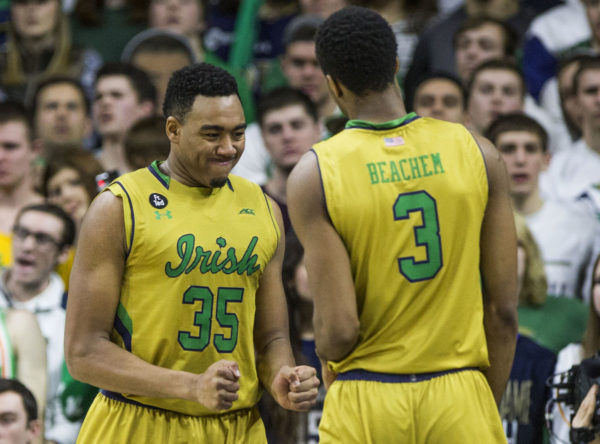Final Four Fact Sheet: Gonzaga Bulldogs
Posted by Bennet Hayes on March 30th, 2017Now that we’re down to the Final Four, let’s take a deep dive into each of the four remaining teams. Today: Gonzaga.
How Gonzaga Got Here
West Region Champions. Gonzaga’s road to the program’s first ever Final Four wasn’t especially treacherous, at least as Final Four roads tend to go. Both South Dakota State and Northwestern competed with the Zags for a half, but neither team was built for sustained postseason success. Gonzaga’s most impressive win was surely its Sweet Sixteen triumph over a fourth-seeded West Virginia team good enough to be a #2 seed, as the Bulldogs monopolized key plays down the stretch to escape the Mountaineers. Finally — and with no disrespect to Xavier’s inspired run to the Elite Eight — Gonzaga was handed as easy a regional final match-up as possible, taking care of the 11th-seeded Musketeers in short order. All this isn’t to say Gonzaga’s Final Four appearance is undeserved or not historic – when the best team in the country earns the program’s first appearance in the National Semifinals, it is surely both – but it is also worth noting the relative ease of the Zags’ arrival.
The Coach
Mark Few. Monkey. Off. The. Back. Few can deny the importance of this Final Four appearance all he wants, but if nothing else, he will value it for its ability to remove Final Four drought-related questions from the media’s playbook. If Xavier had beaten the Bulldogs on Saturday, Gonzaga would still be one of the premier programs in America, and Few one of the sport’s greatest coaches. However, a dose of validation is good for anyone every once in a while, and Few now has an amazing opportunity to join an even more exclusive coaching fraternity: National Champions.





























